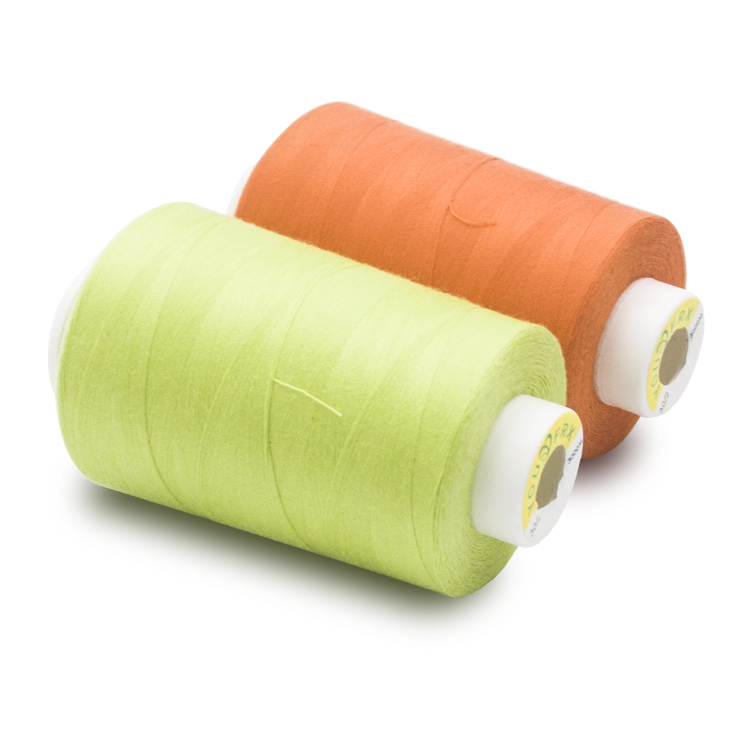
Analysis of the most complete yarn thread count defects(5)
(continued above)
(22) Barry dyeing (filling band in shade)
Appearance: In the weft direction of shuttle fabrics, or in the horizontal continuous loop of circular knitted fabrics, after dyeing, the colour is deeper or lighter bands.
Cause of formation:
1). The woven embryonic cloth has close paths or sparse defects.
2). When knitting, the yarn thread tension is uneven or the number of loops is uneven.
3). Silk chemical yarns threads with the same specifications and different batches are used in weaving.
4). Chemical fibers for knitting have uneven heating temperature in the process of filament processing.
(23) Dye spot
Appearance:
1). On the surface of medium and light dyed fabrics, there are tiny spots of the same color system.
2). On the surface of bleached or light-colored fabrics, there are tiny spots of other dyes.
Cause of formation:
1) Dye dissolution is not good, there are still small particles not dissolve.
2). The dye flutters during the process of handling and falls on the fabric to be processed.
3). Do not clean the machinery and equipment, after dark processing, continue to process light color.
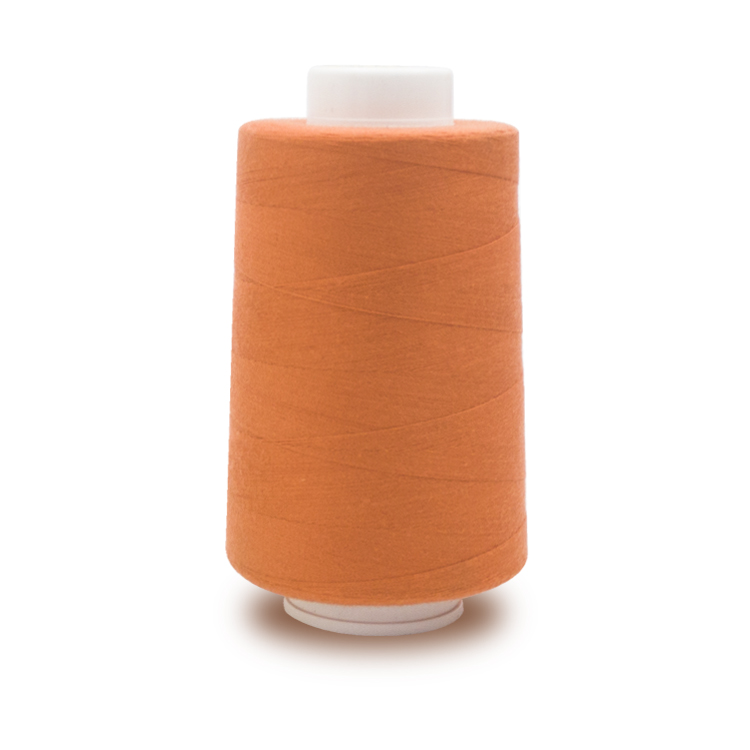
(24) Rope mark
Appearance: In rope dyeing, the fabric shrinks into rope shape. After dyeing, the surface of the fabric has irregular wrinkles along the direction of the cloth length.
Cause of formation: When dyeing with Wenqi or liquid flow dyeing machine, the fabric is not pre-shaped or undershaped. In dyeing, the scroll bar fails to work. A sudden increase or decrease in temperature. The dyeing bath is too small. The fabric knots in the cylinder, etc.
(25) Padding mark
Appearance: When the shuttle fabric yarn thread is open-die-dyed, the fabric is folded longitudinally between two rollers. When passing through the pressure line, the pressure absorptivity varies due to the difference of thickness. The folded part is lighter than the normal part. Most of them occur at the head of two pieces of a fabric.
Cause of formation:
1). The fabric yarn thread to be dyed has creased in the pretreatment process, and can not be completely eliminated in setting.
2). The expander of the feeding device of the press failed to open the fabric yarn thread.
3). The seam between the piece and the piece is not good, and there are wrinkles or irregularities.
(26) Moire
Appearance: The surface of dyed fabrics yarn thread shows woody luster spots.
Cause of formation:
1) When dyeing with warp axes, the shrinkage of the fabric yarn thread is too large, which causes the roll layer to move.
2). When dyeing by axis, the coil is too tight, which results in abnormal circulation of dye solution.
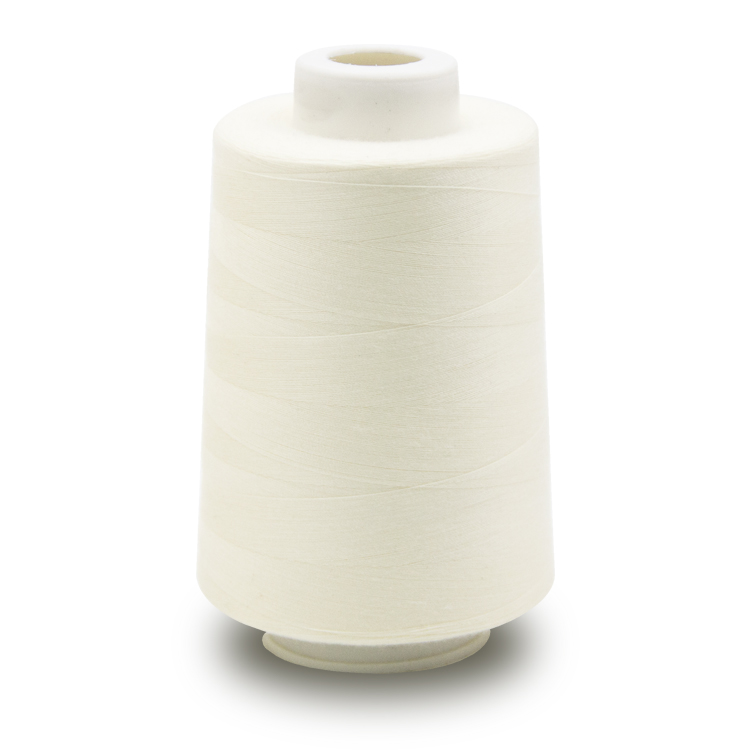
(27) Uneven dyeing on selvage
Appearance: After dyeing, the edge of the fabric yarn thread is different from the color of the fabric.
Cause of formation:
1). The fabric yarn thread edge of the embryo cloth is too loose or too tight.
2). The edge of fabric is clamped by high temperature splint before dyeing.
3) Edge curling occurs during dyeing.
4). When open cross-winding dyeing, the winding is uneven and the edge of the cloth is oxidized.
5). Inadequate reduction in open-end curing or urn dyeing.
6). The pressure absorptivity of the edge and the surface of the fabric yarn thread is not the same during open-die dyeing.
7). Washing after dyeing is insufficient and residual medicines at the edge of cloth are found.
(28) Fading of selvage or discoloration
Appearance: The finished fabrics yarn thread after dyeing and finishing have different edge colors than normal ones.
Reasons:
1) When resin is processed, the temperature of needle plate or splint is too high, and the dyes sublimate and escape.
2). When drying fabrics with rotary drum dryer, the temperature is too high and the edge of the fabric yarn thread is too tight around the drum.
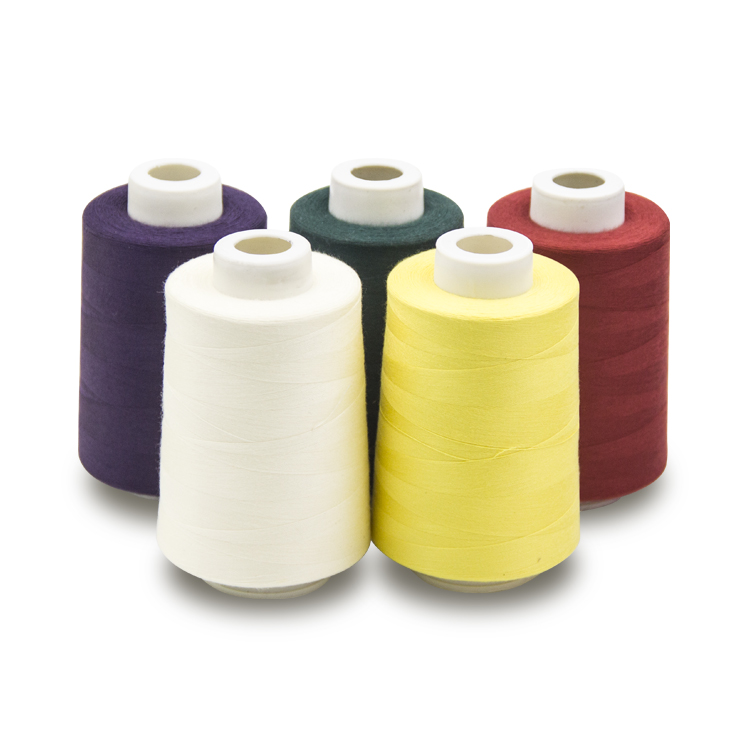
(29) Edge mark
Appearance: refers to cylindrical knitted fabrics yarn thread, cylindrical flat bend on both sides of the turning part, showing abnormal dyeing phenomenon.
Cause of formation:
1) Deterioration of oil additive during weaving.
2) Unappropriate storage or too long, the edge of the cloth is polluted by the action of air and sunlight.
3). When the cylinder is shaped, the temperature of the fixing frame is too high.
(30) Scratch
Appearance: There are large creases on the surface of dyed fabrics yarn thread, which are lighter in colouring, with different areas and directions. Most of them occur in E/C blended shuttle fabrics yarn thread.
Cause: Because of the use of conveyor belt continuous scouring and bleaching machine, the machine is filled with saturated vapor, stainless steel conveyor belt is dried up at high temperature, which is close to the fabric yarn thread folded on it, so that the color absorption of the fabric is reduced due to less exposure.
(31) Colored spot
Appearance: The surface of the fabric yarn thread is contaminated by other colors with large area and no definite shape.
Causes of formation:
1) Contamination caused by the contact of dyed fabrics yarn thread of different colours in wet state. The difference in color is more obvious.
2) In the process of processing or handling, the utensils were not thoroughly washed.
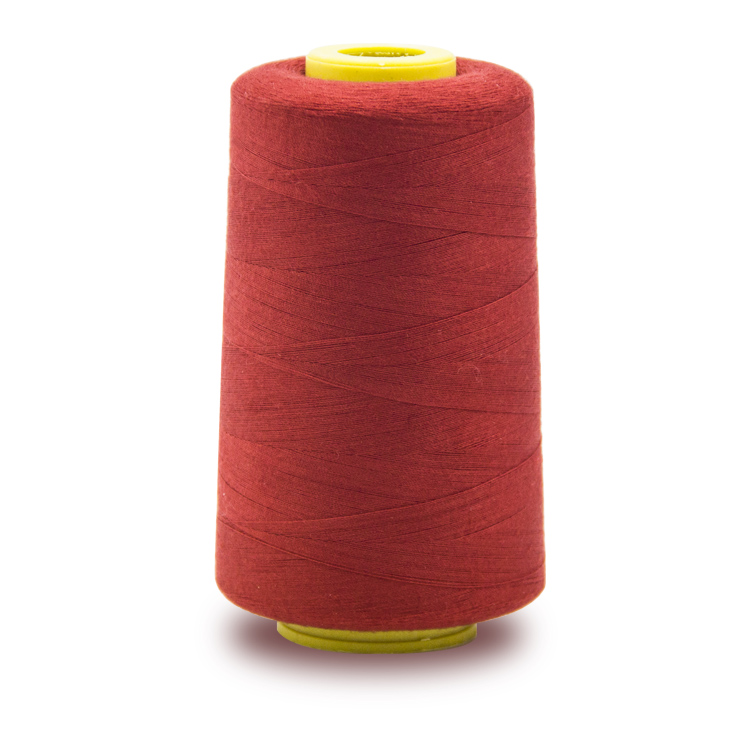
(32) Scum spot
Appearance: There is foam residue on the surface of the fabric yarn thread, and after drying, it becomes a large or thick strip of white trace.
Causes:
1) the foam of dyeing solution is more, and it is attached to cloth. Most of them are due to improper use of dispersants and auxiliaries.
2) There is more foam in the reducing solution, especially when it is dyed with vat dyes.
3). Foam scum will be formed in the phenol chromogenic solution if it contains impurities that cannot be diazotized.
(33) Tarring strining
Appearance: When dyeing of yarn thread, dyes coagulate with each other and between dyes and auxiliaries, which makes dyes dissolve poorly. After dyeing, deep pollution of striated or short striped color occurs on the fabric surface.
Causes:
1) Dyes are poorly dissolved and dispersed, or dyes are mixed with other chemicals, and the hardness of dyeing water is too high.
2) The combination of dyes and additives is not appropriate, or the timing and sequence of additives are not appropriate.
(to be continued)




